Chess is a game of strategy and skill that involves various pieces, each with unique movements and capabilities. One of the fundamental rules in chess involves the king, a key piece whose status largely determines the outcome of the game—resulting in either a checkmate or a stalemate. An interesting question often arises among beginners: Can a king capture another king in chess?
Understanding the Role of the King
Before delving into whether a king can capture another king, it's essential to understand the role and capabilities of this piece. The king moves one square in any direction: horizontally, vertically, or diagonally. This limited range of movement makes the king a relatively vulnerable piece compared to more agile pieces like the queen or rook.
The Rule of Check in Chess
In chess, the primary objective is to threaten the opponent's king with capture, a condition known as check. When a king is in check, the player must make a move that eliminates the threat. This can be achieved by moving the king to a safe square, capturing the threatening piece, or blocking the attack with another piece.
The Concept of Checkmate and Stalemate
Checkmate occurs when the king is in check and there are no legal moves that the player can make to remove or escape the check, effectively ending the game. Conversely, stalemate refers to a situation where the king is not in check, but the player has no legal moves to make, resulting in a draw.
Can a King Capture Another King?
Coming to the central question: Can a king capture another king? The answer is unequivocally no. This scenario is prevented by the rules of chess, specifically the rule that kings must always be kept at least one square apart. This is known as the rule of opposition in king endgames, where two kings stand on squares that directly oppose each other, with at least one square in between.
Physically, it is impossible for one king to move into a square occupied by another king because doing so would place the first king into check by the second king, violating one of the fundamental rules of chess that prohibits a player from making a move that places or leaves their own king in check.
Strategic Implications of Kings in Proximity
In practical play, when two kings stand in proximity, the game often revolves around maneuvering other pieces while maintaining the kings in safe positions. The kings' proximity can lead to a strategic battle where each player aims to optimize the position of their other pieces, potentially leading to advantageous exchanges or paving the way to checkmate.
Conclusion
In summary, a king cannot capture another king in chess due to the legal movements defined by the rules of the game. This ensures that the king remains a crucial piece that must be continually protected from threats, including direct confrontation with the opposing king. Understanding these rules can significantly improve strategic gameplay in chess, allowing players to focus on successful strategies that lead to winning positions.
Explore our large collection of luxurious chess sets!

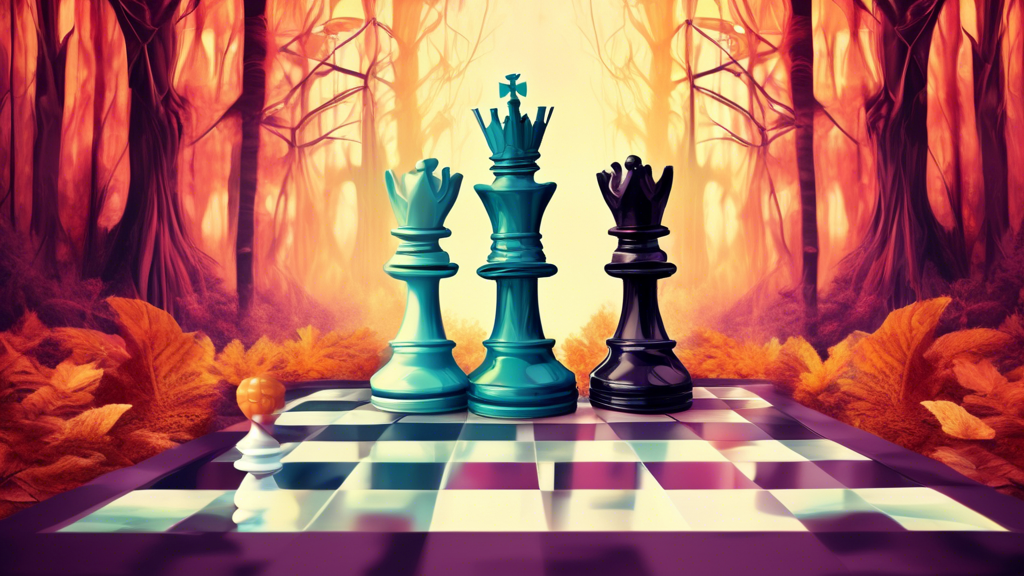
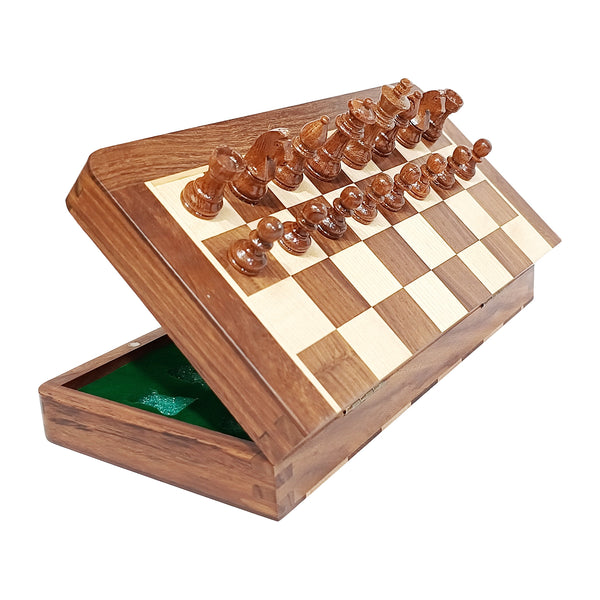
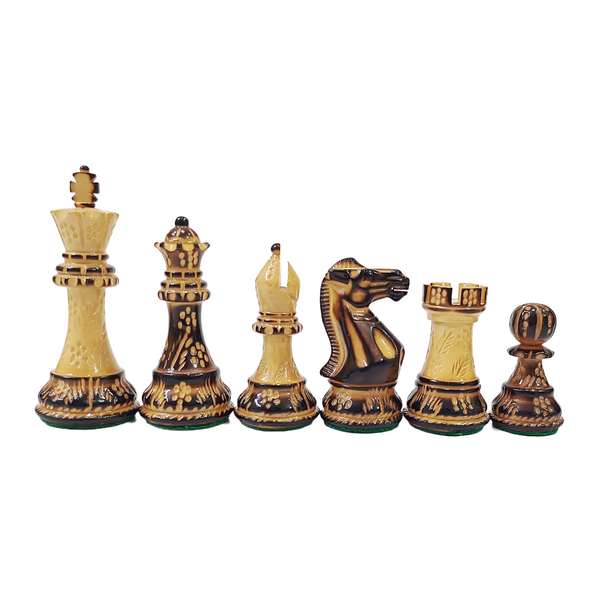
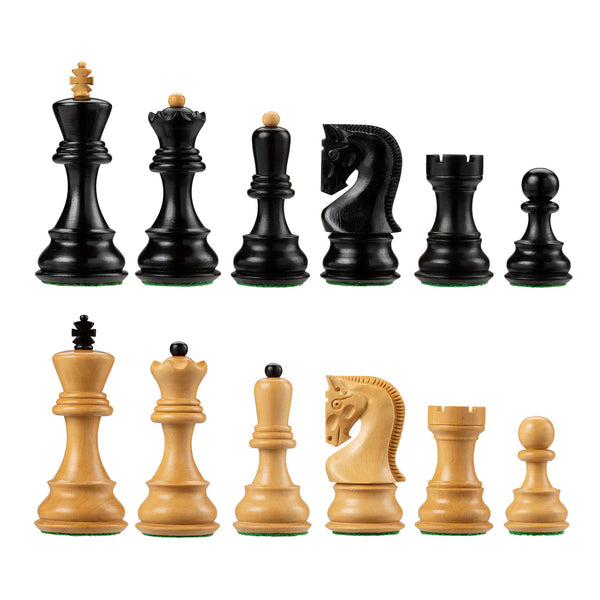
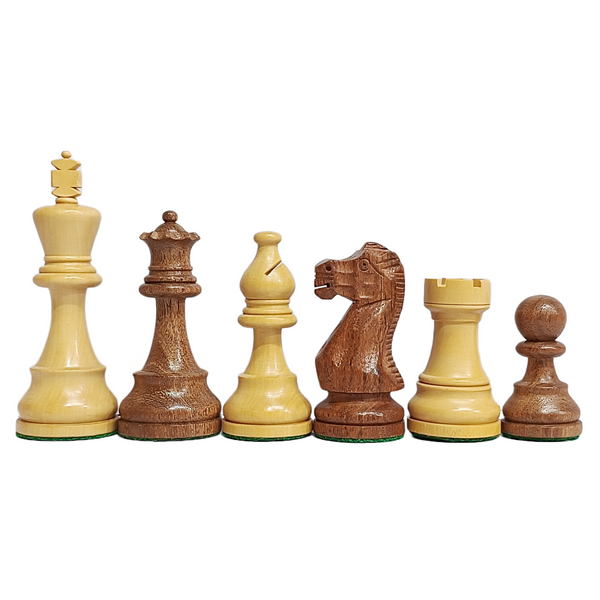

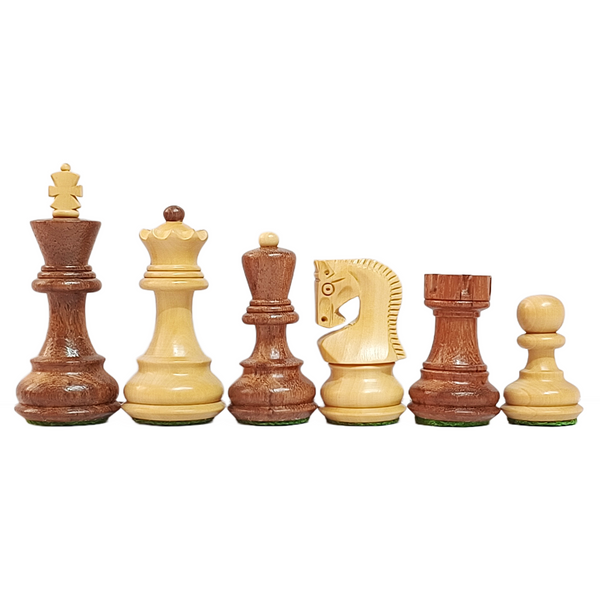






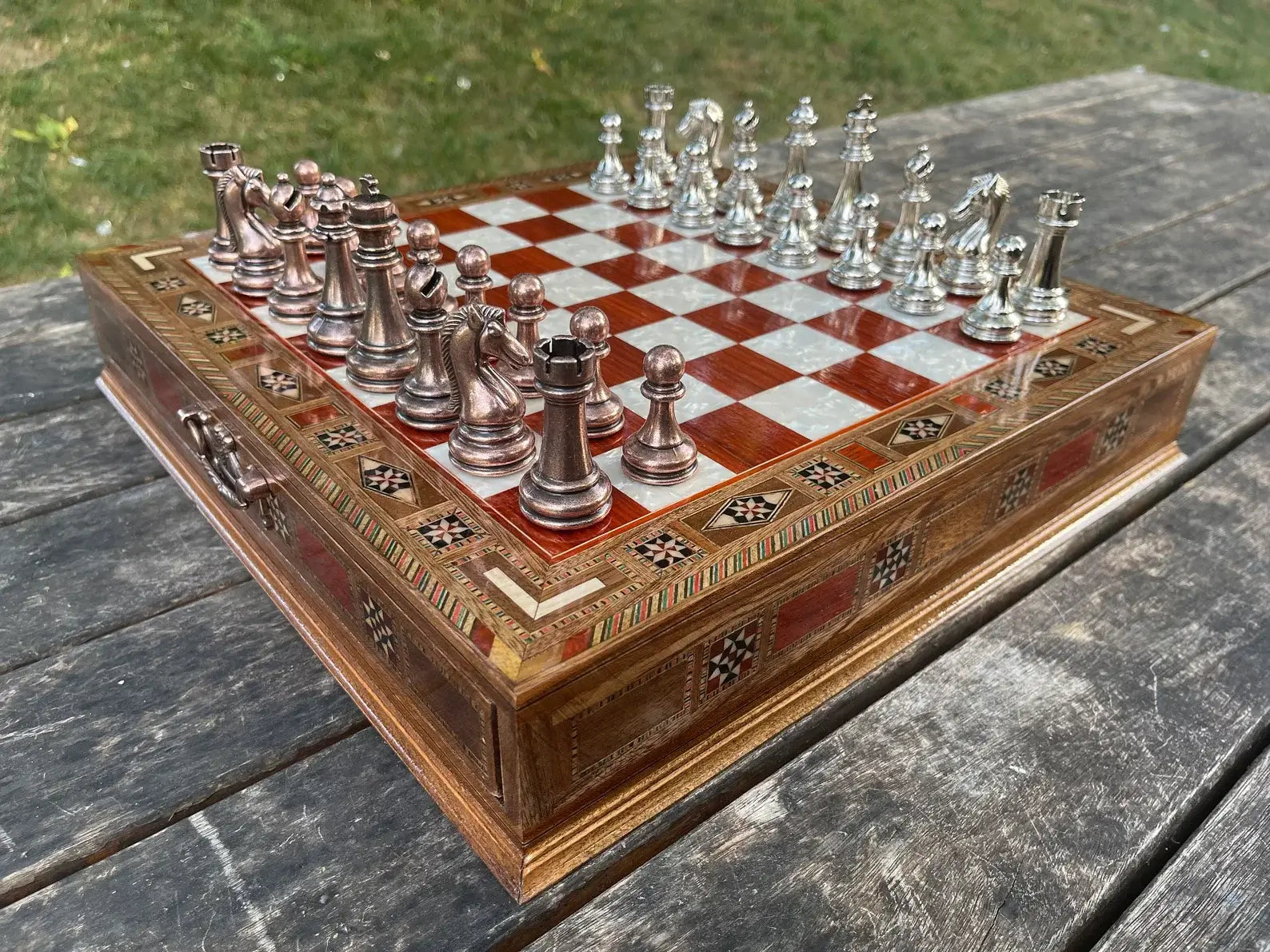
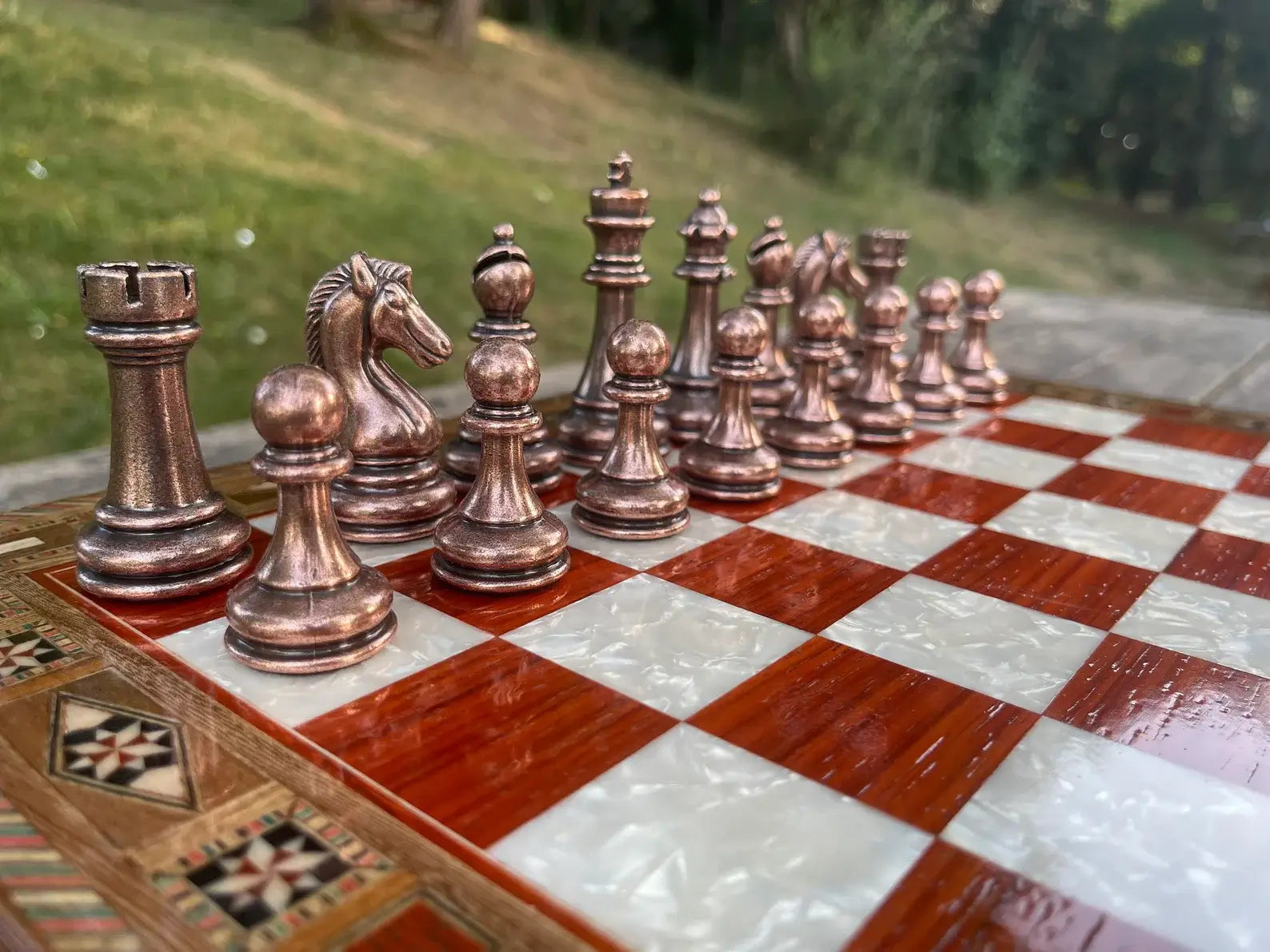
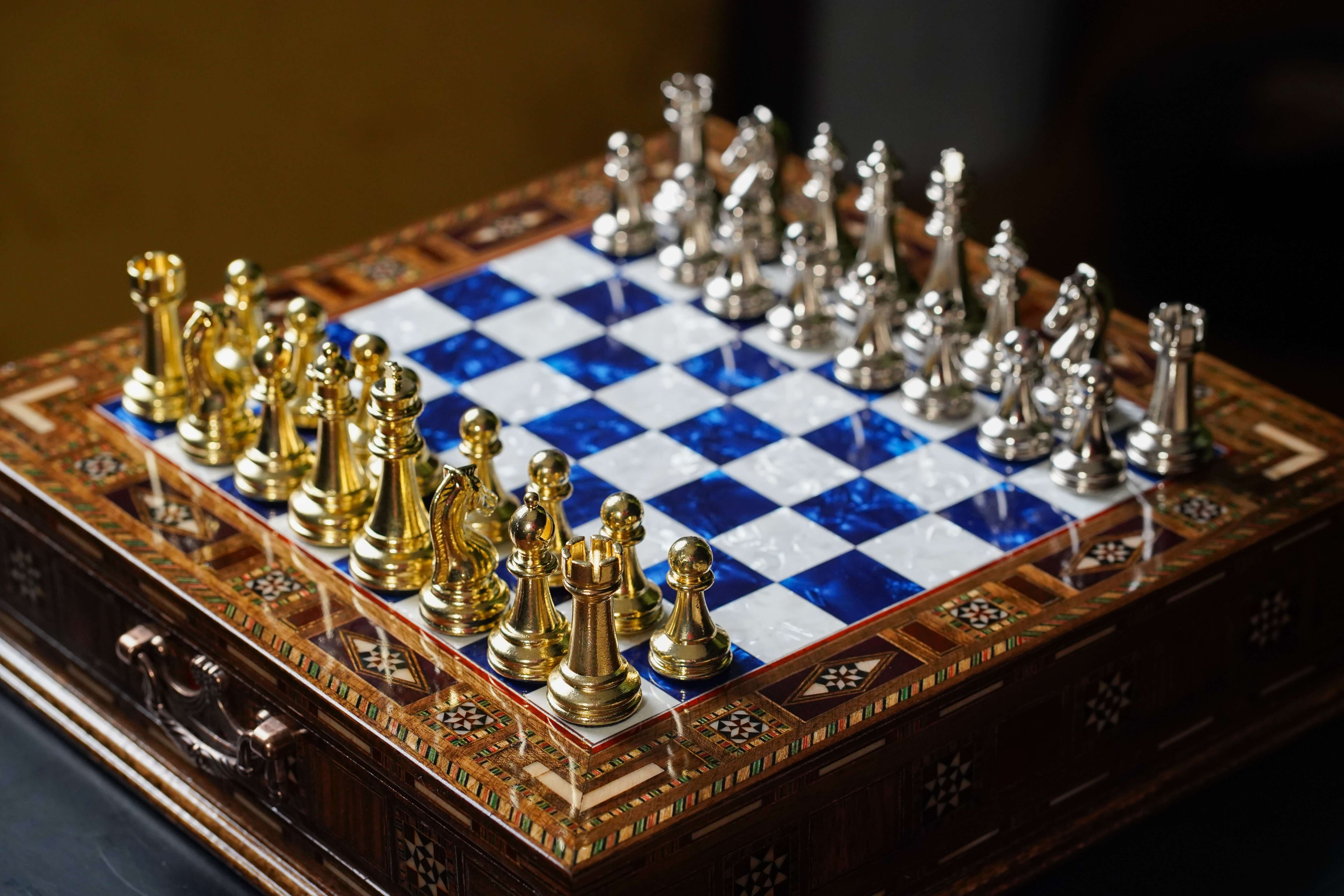
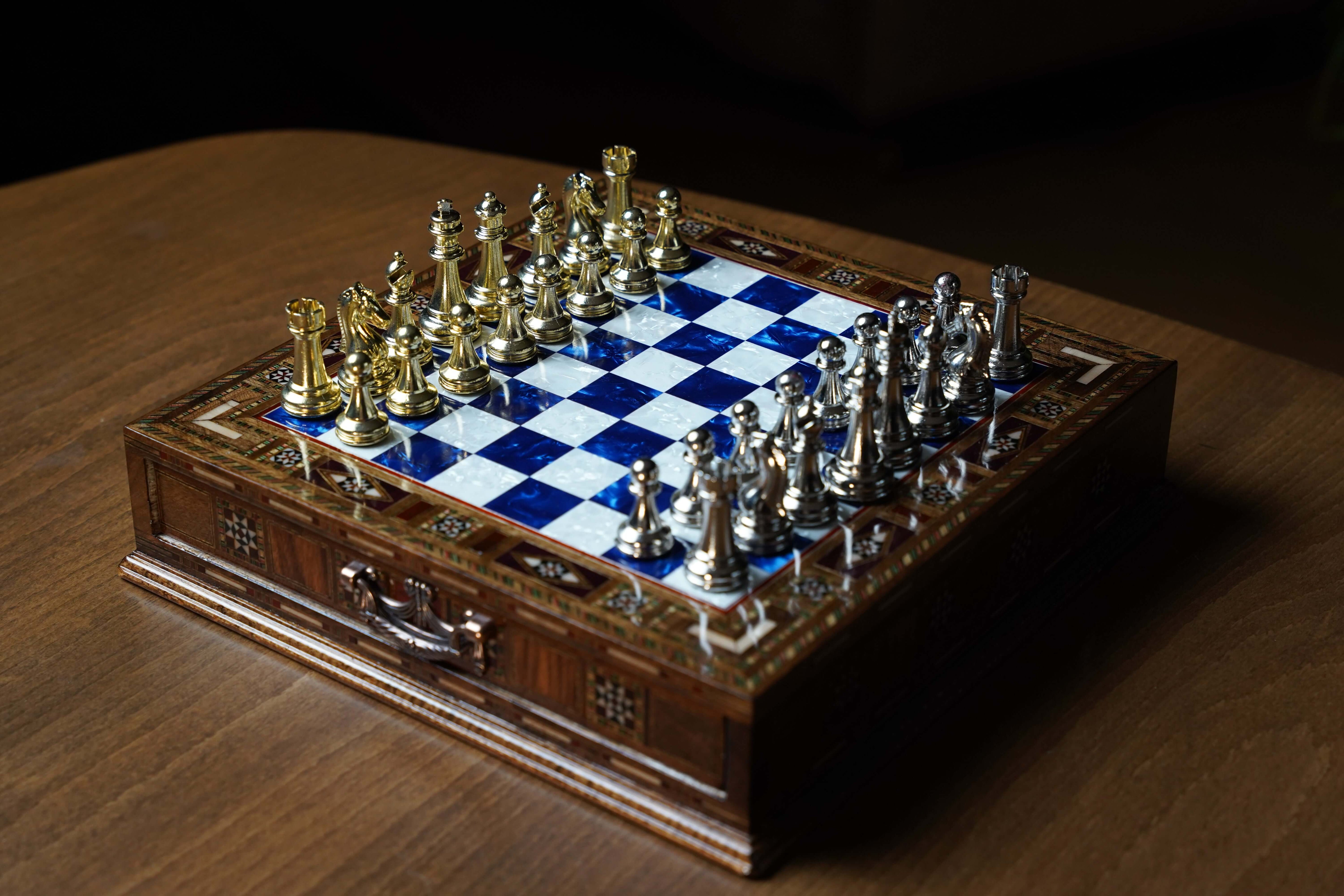
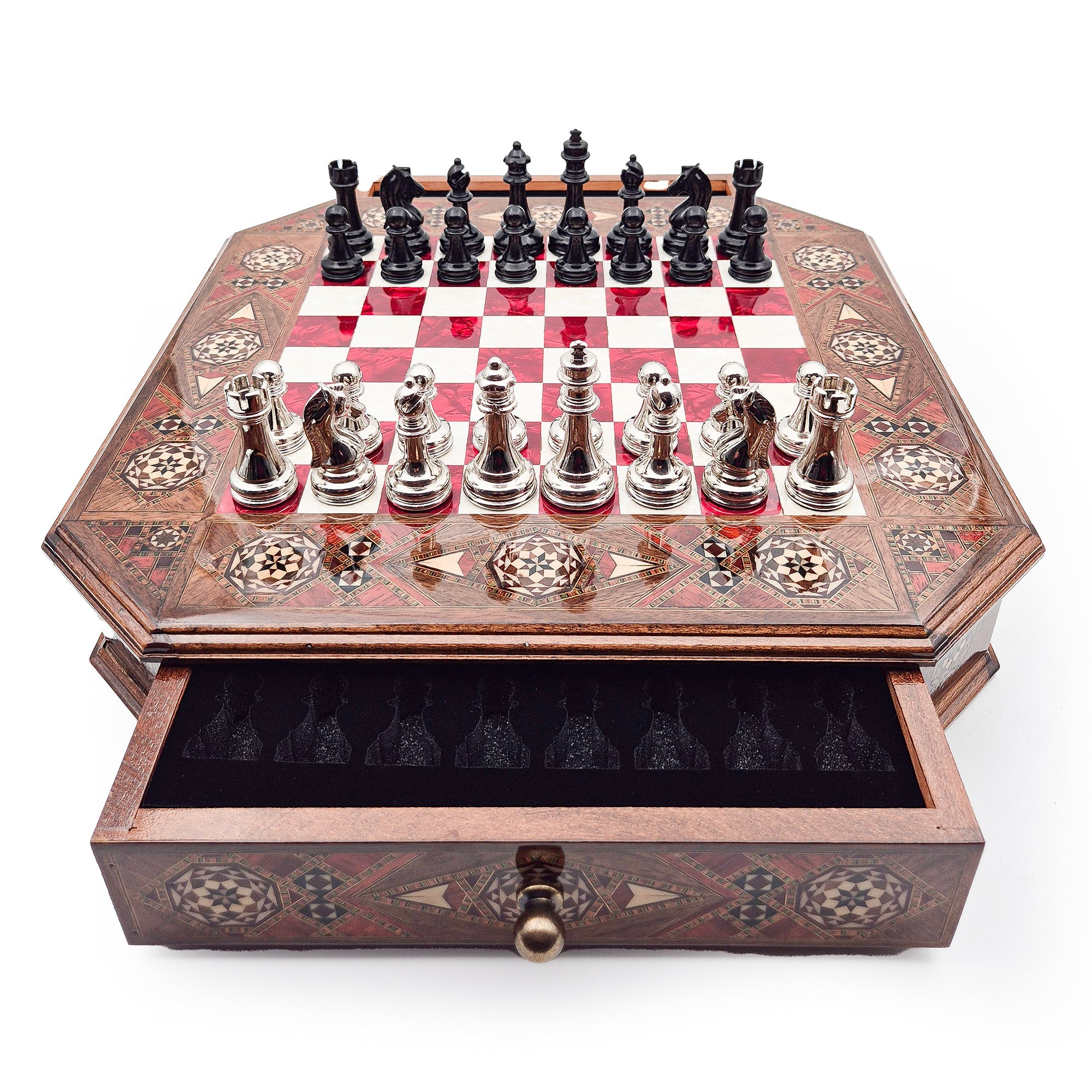
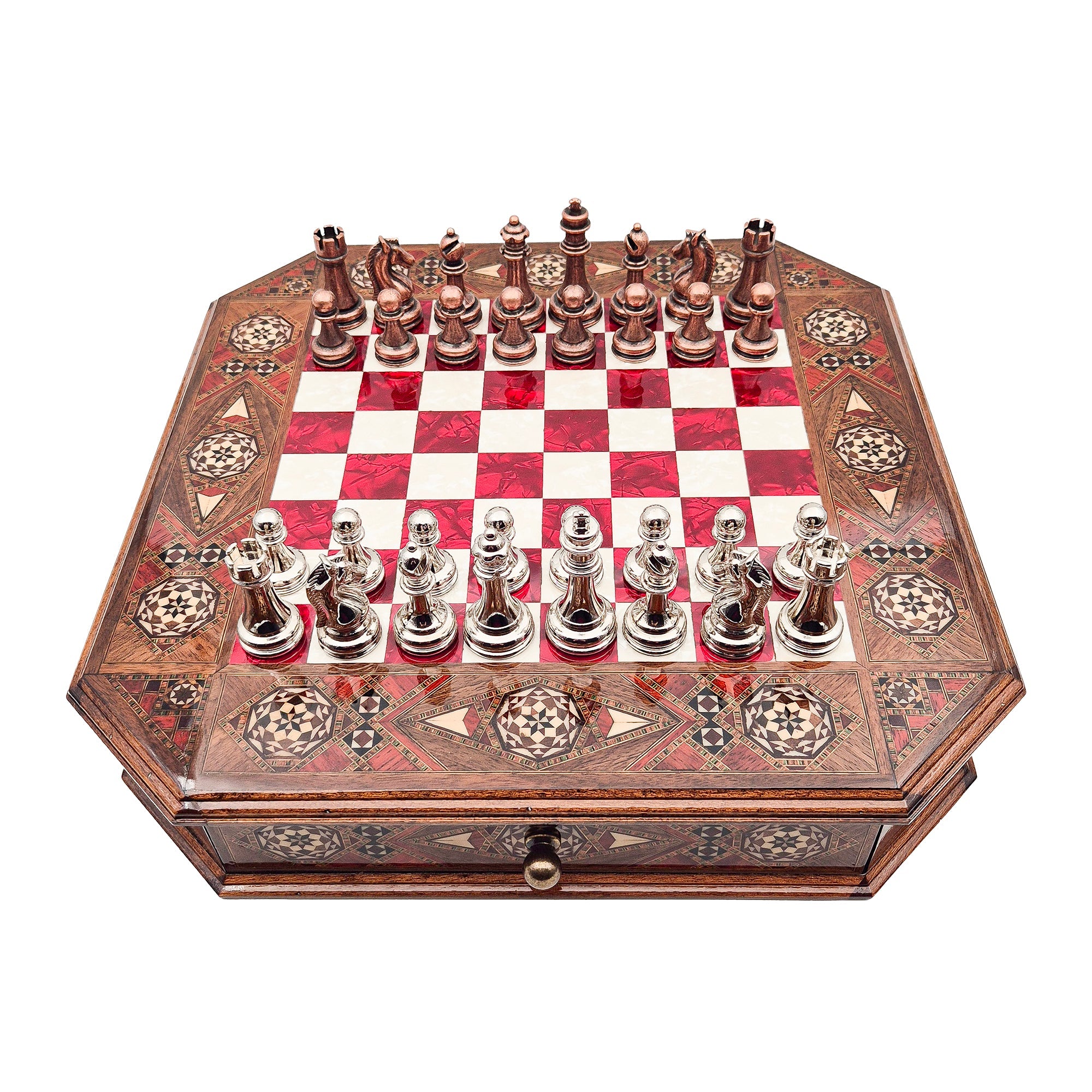
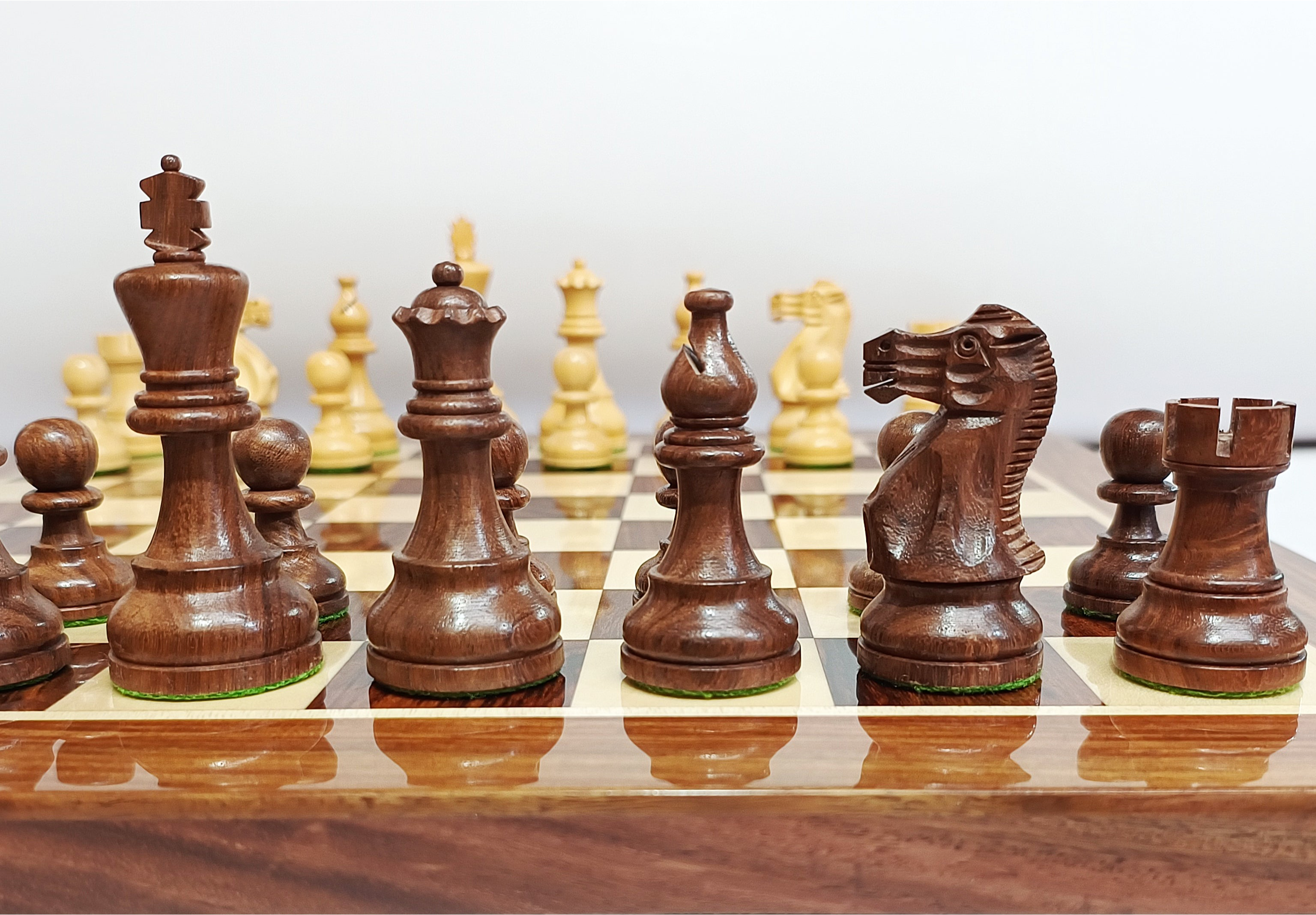

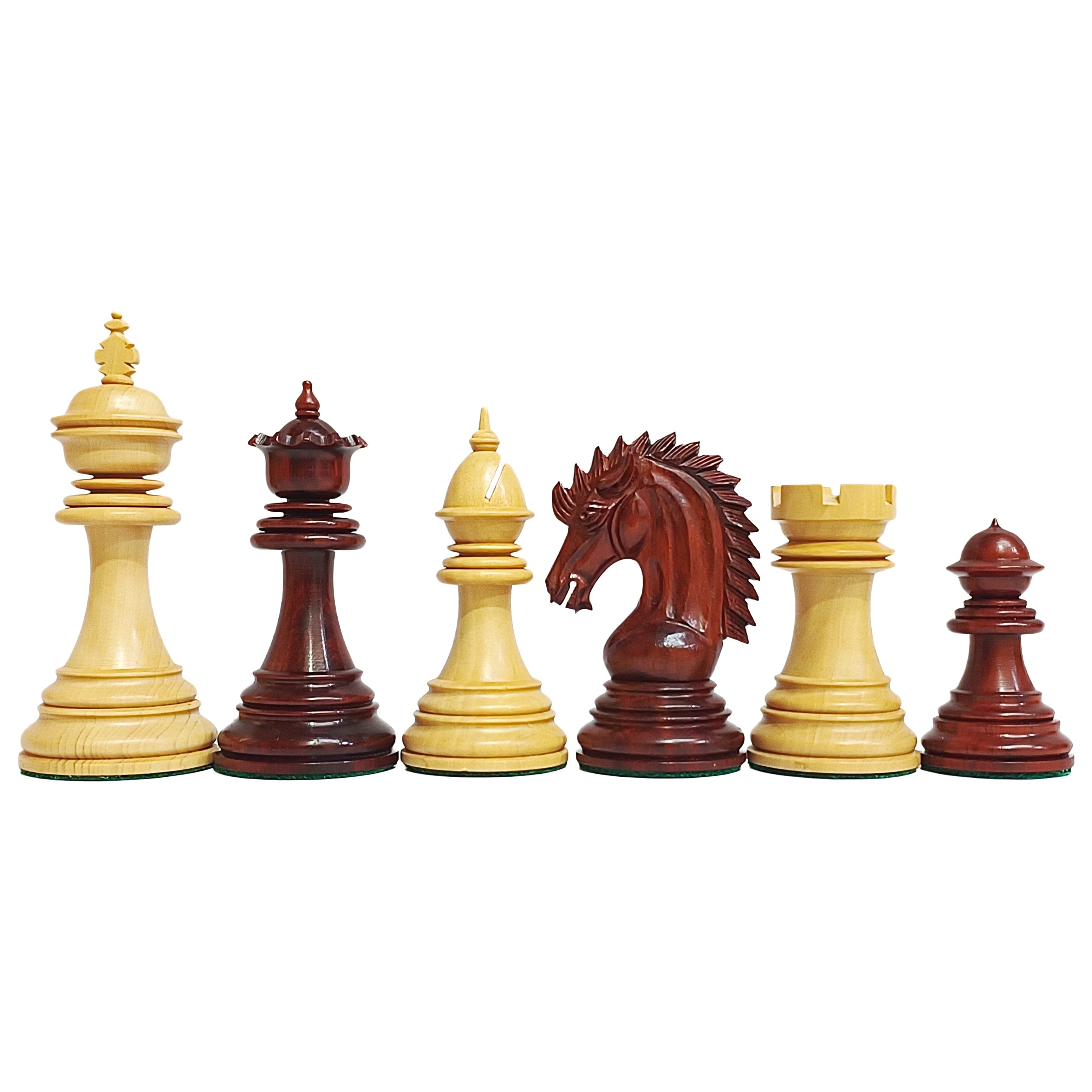
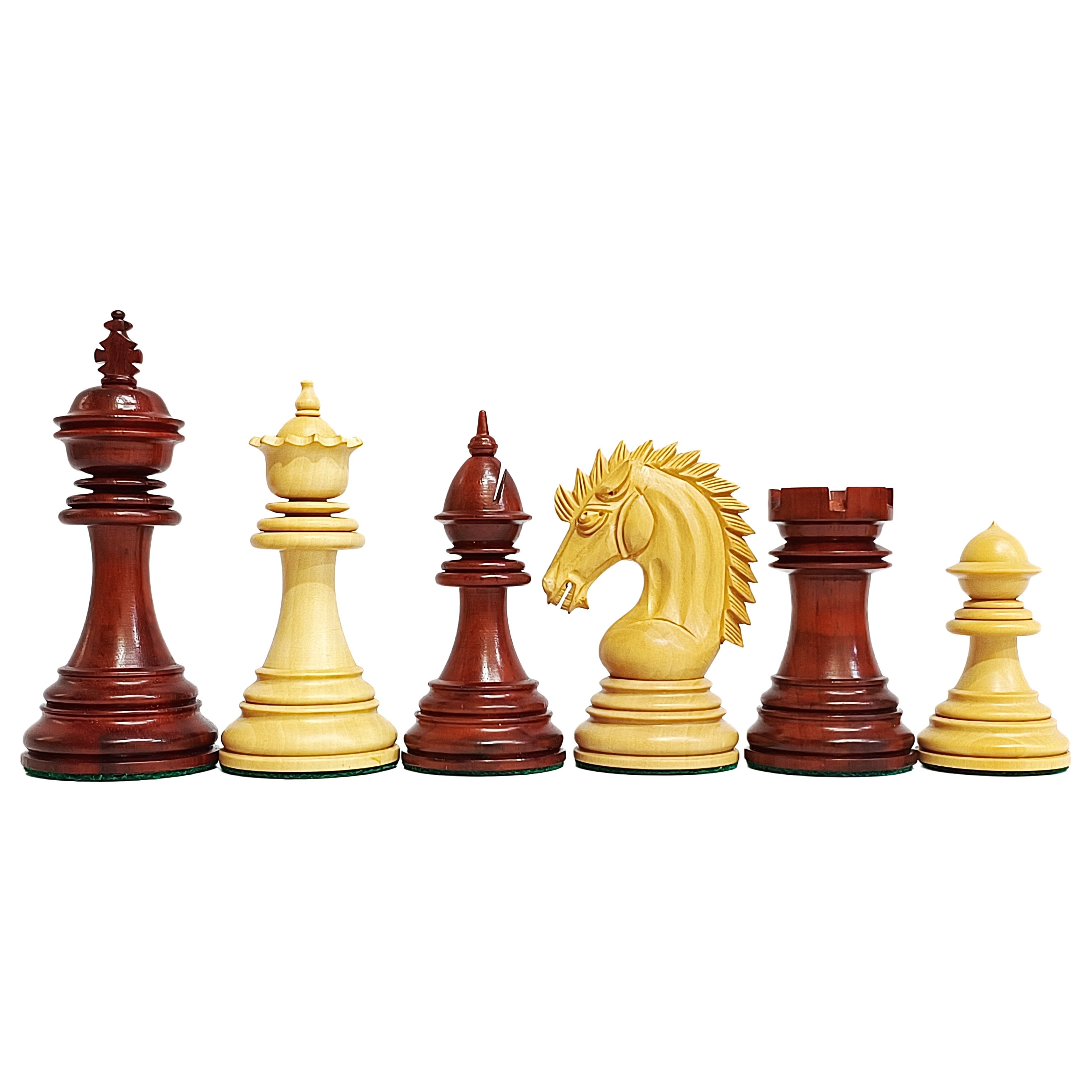
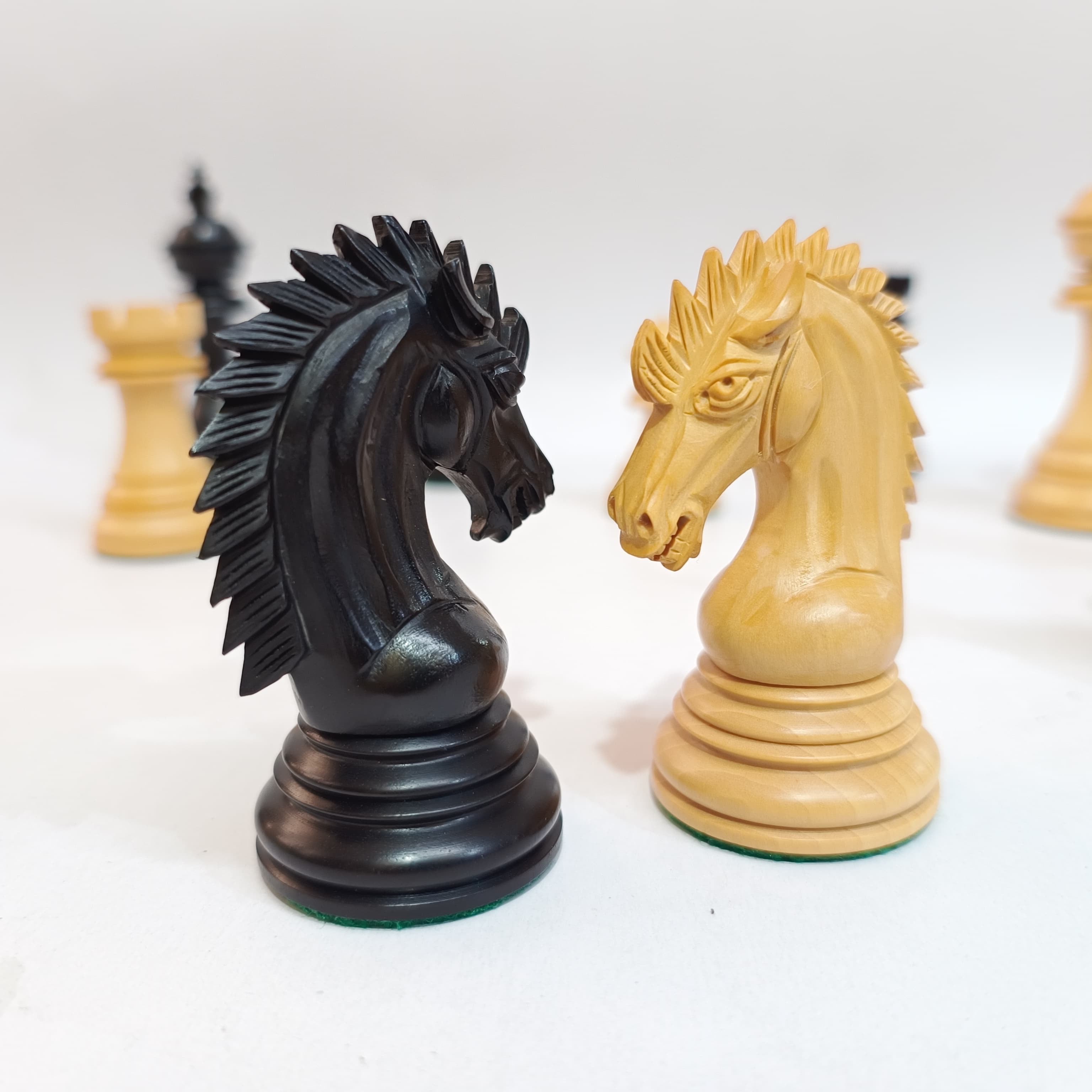
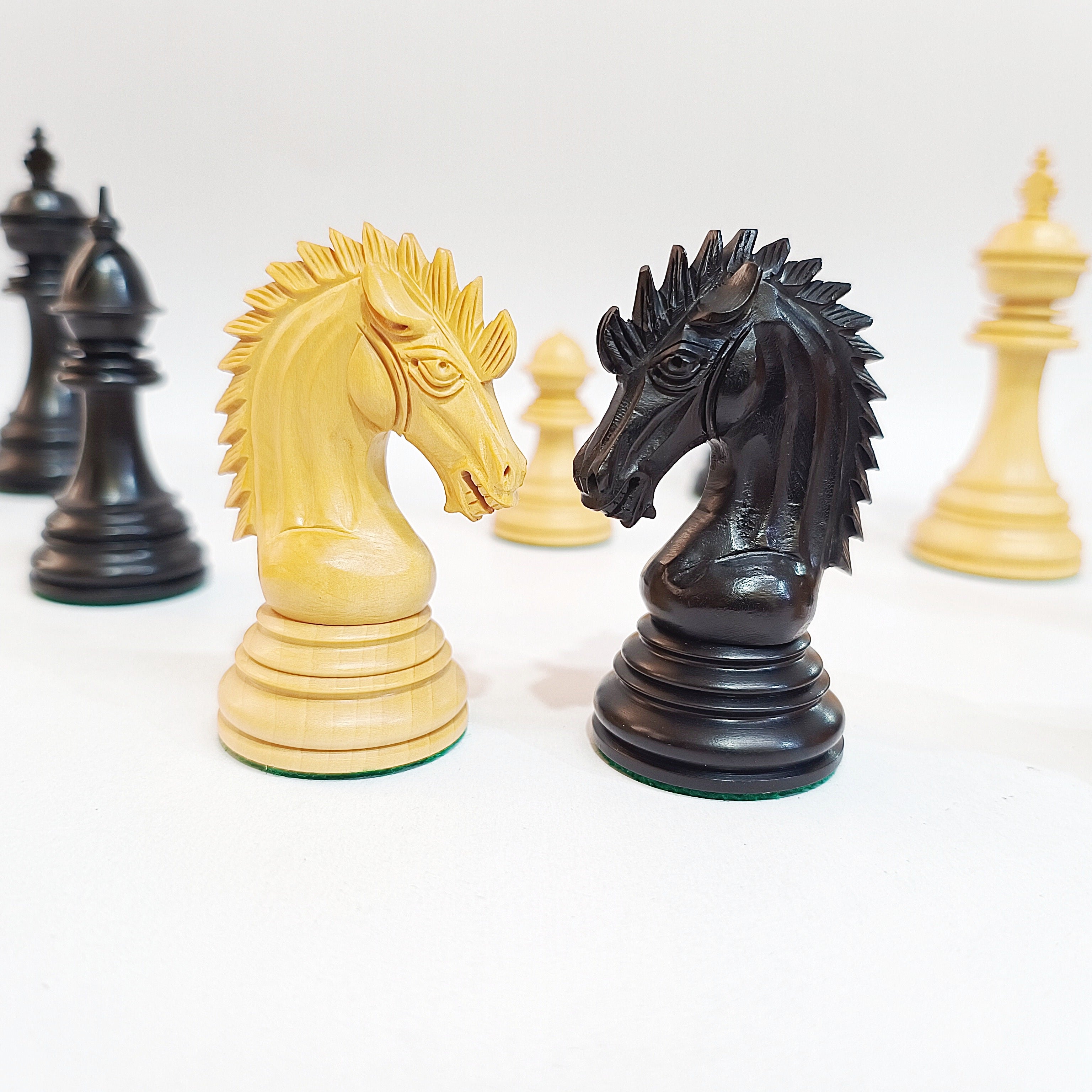
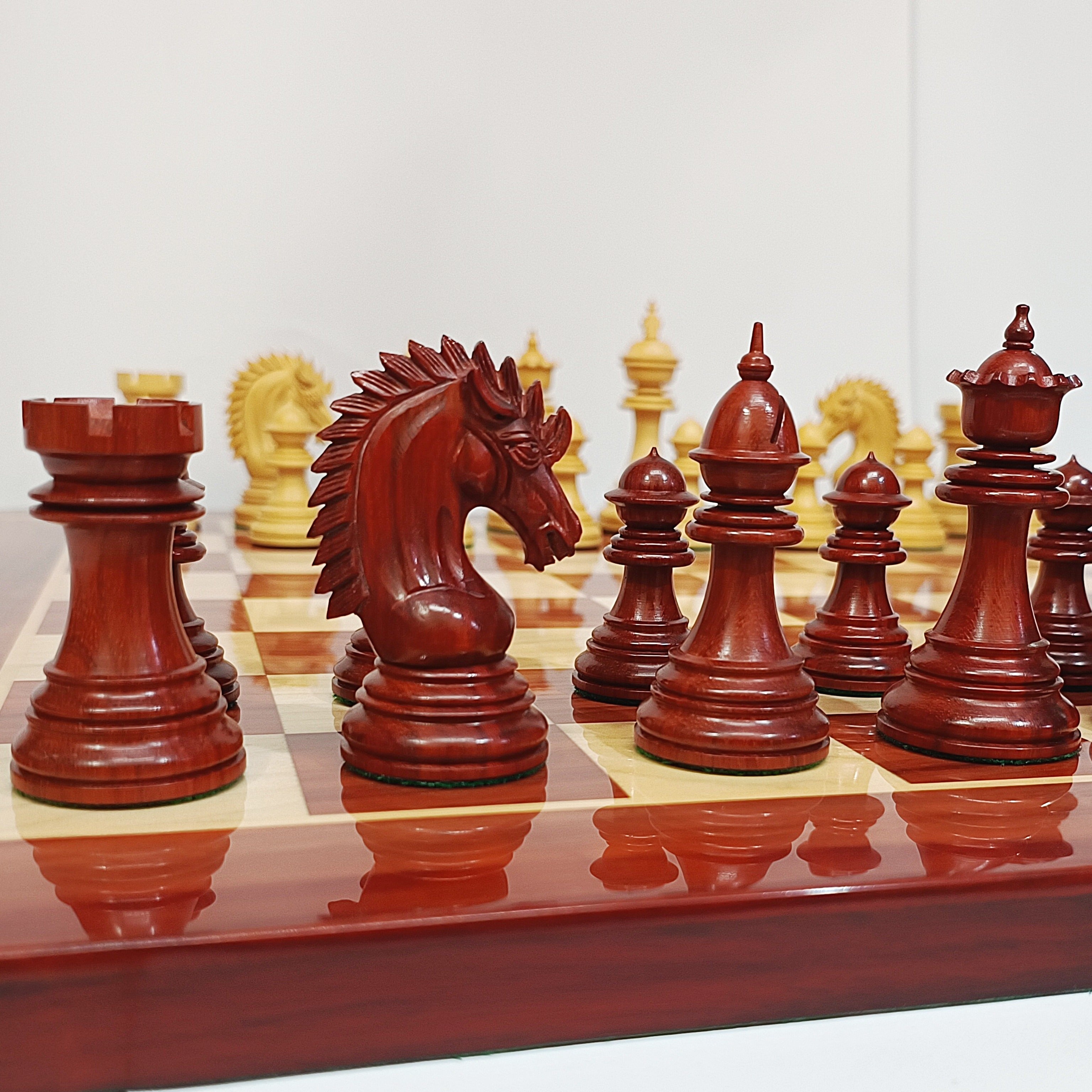
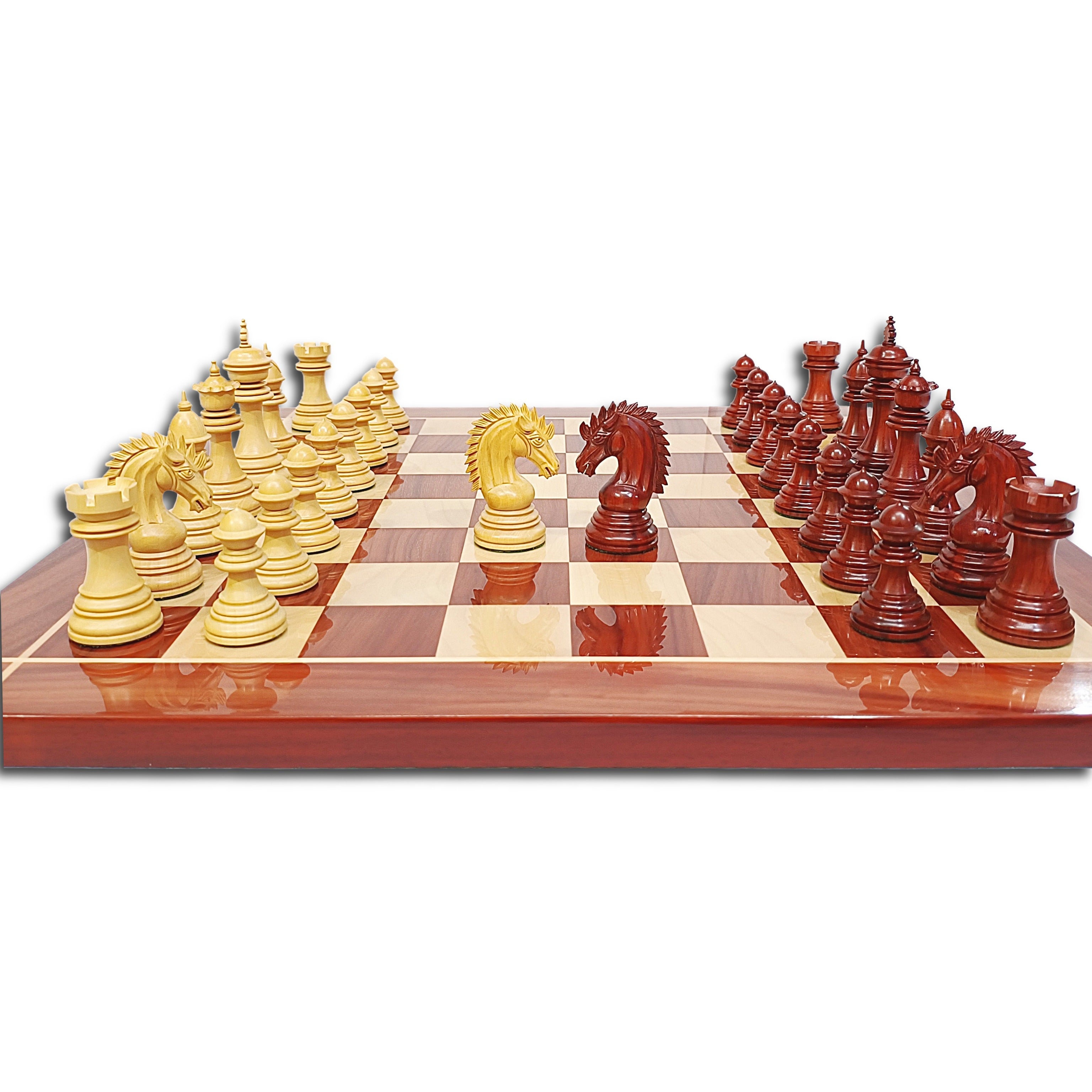

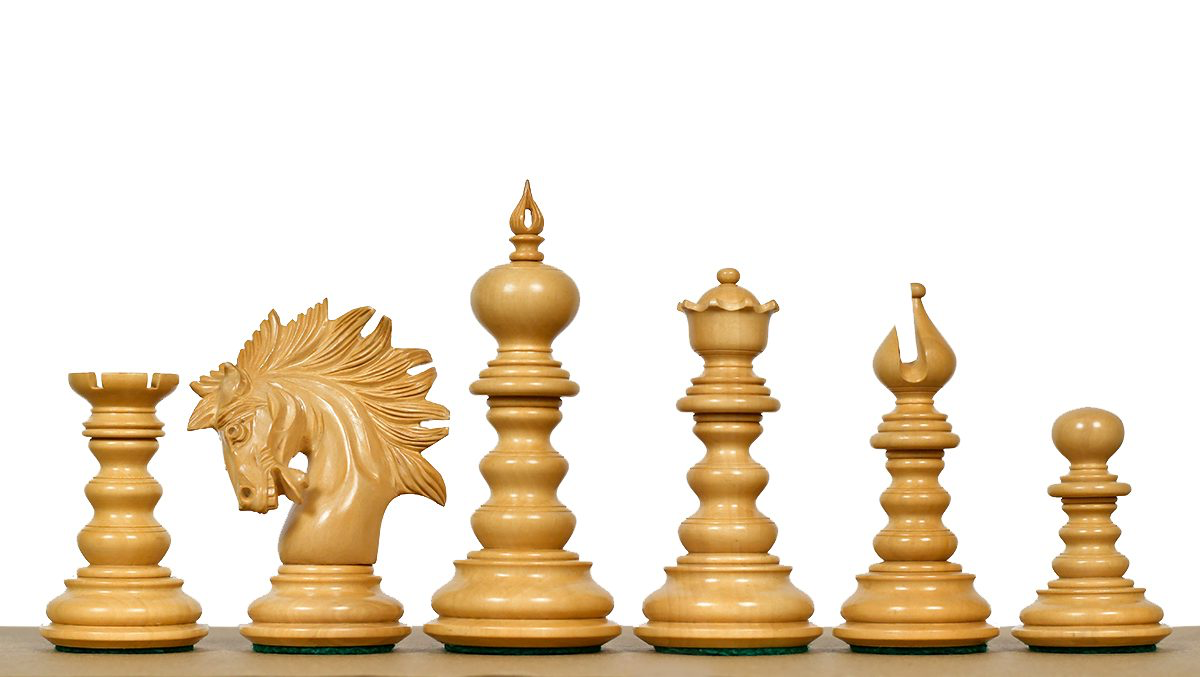
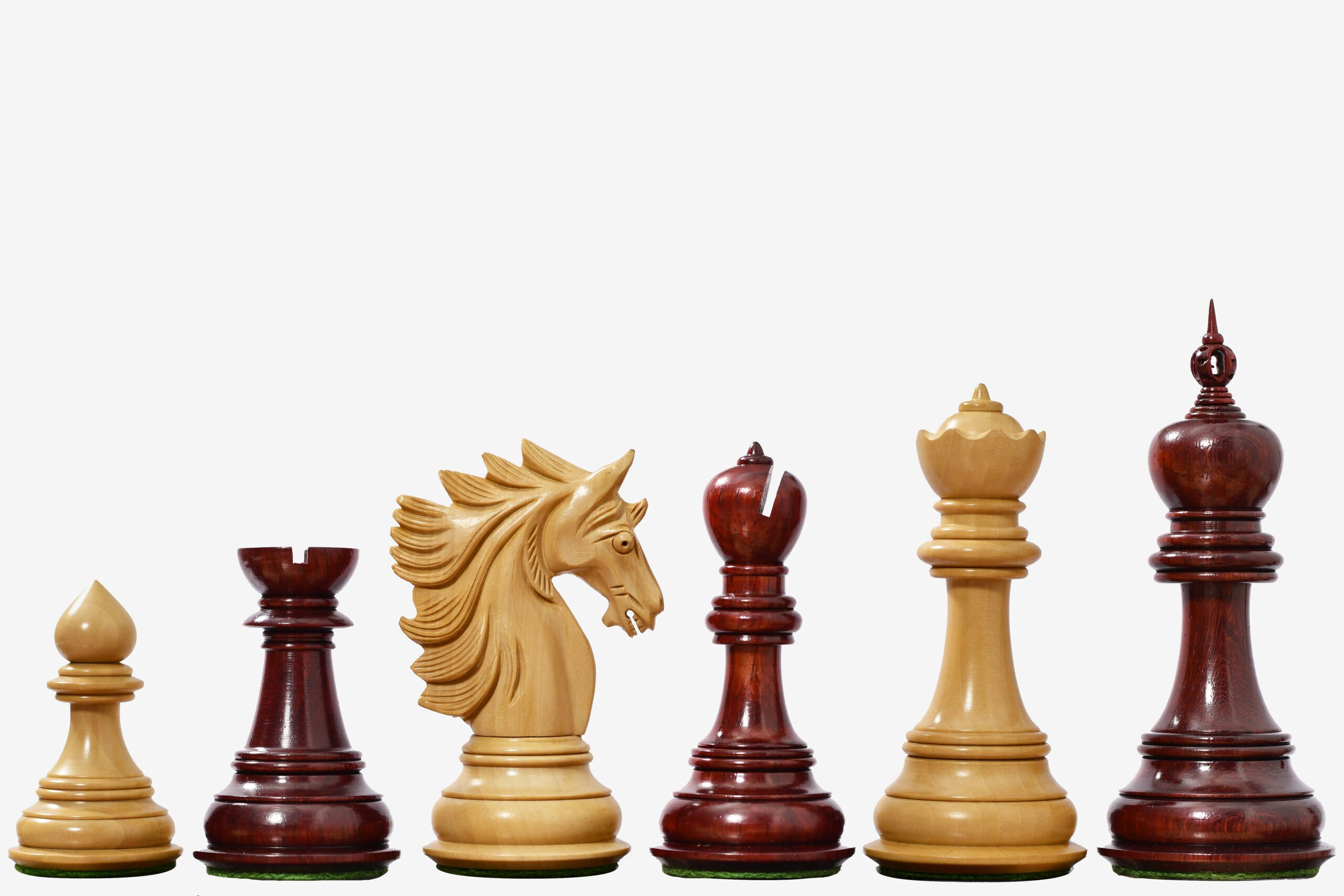
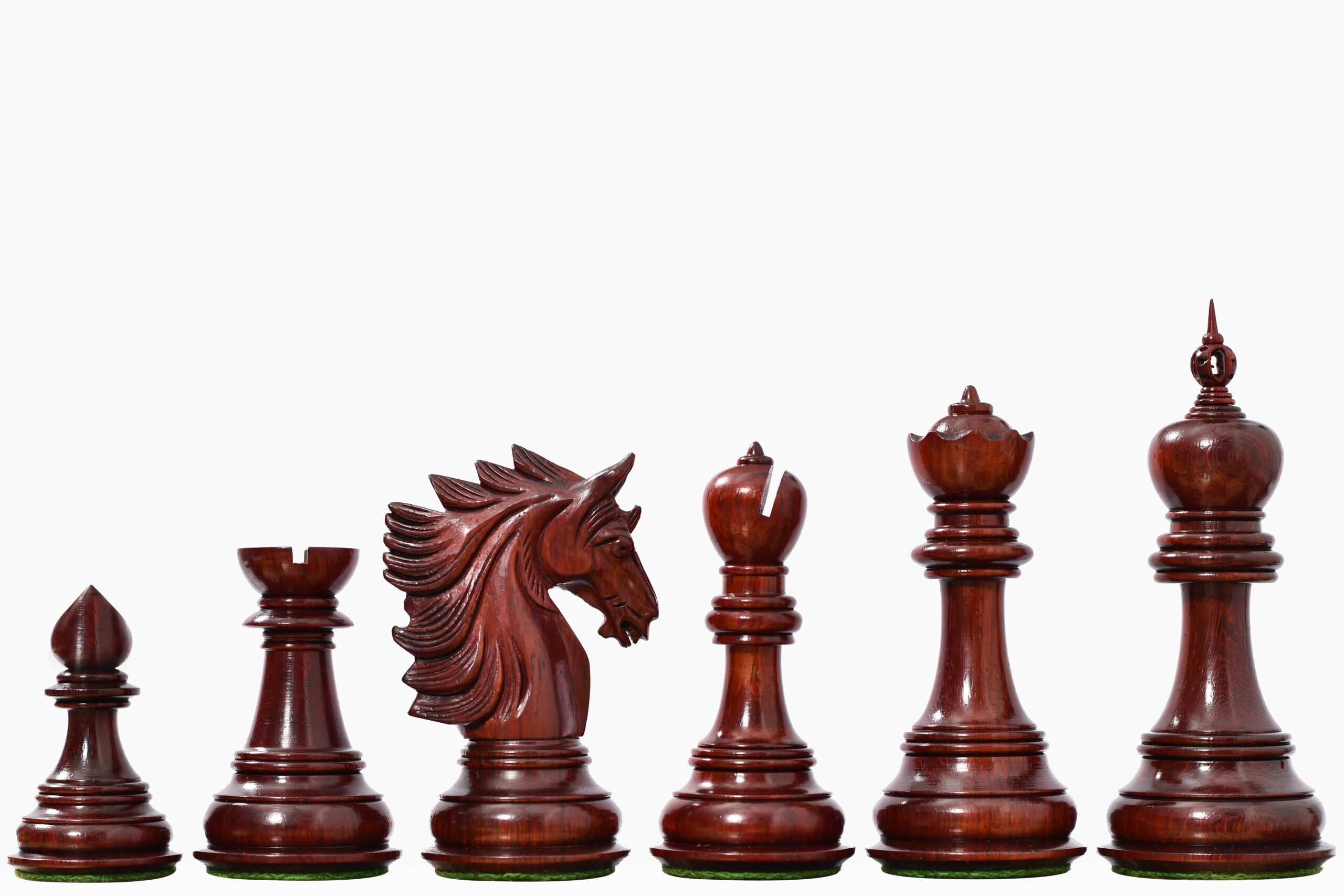
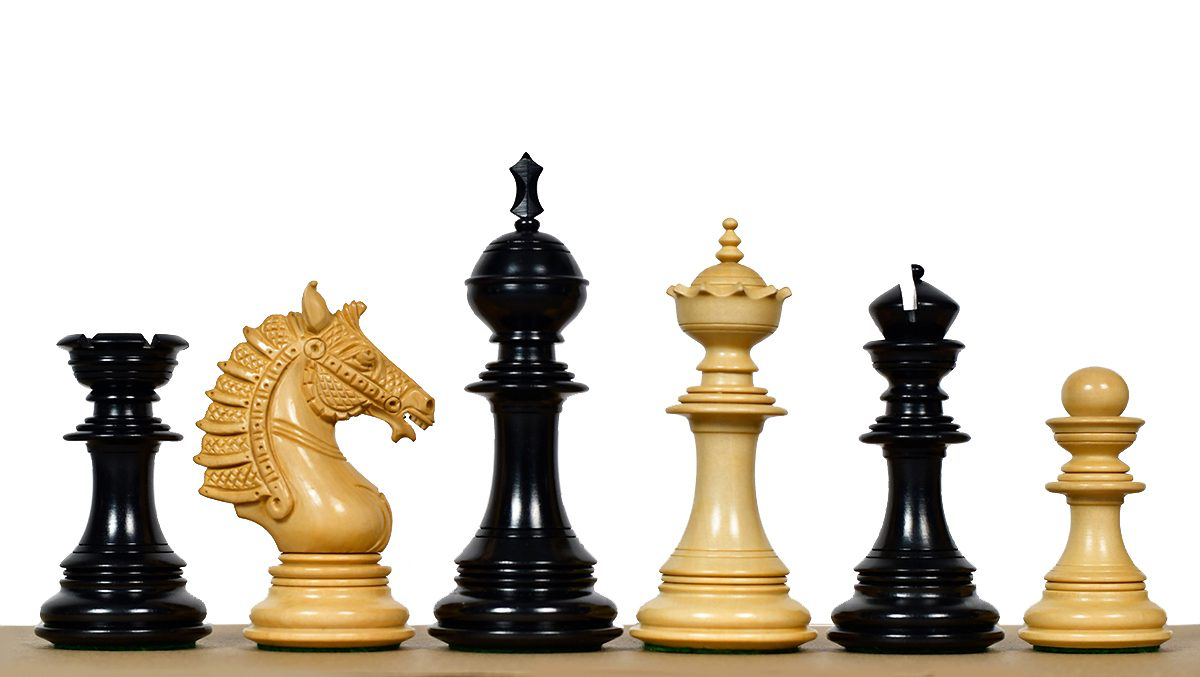
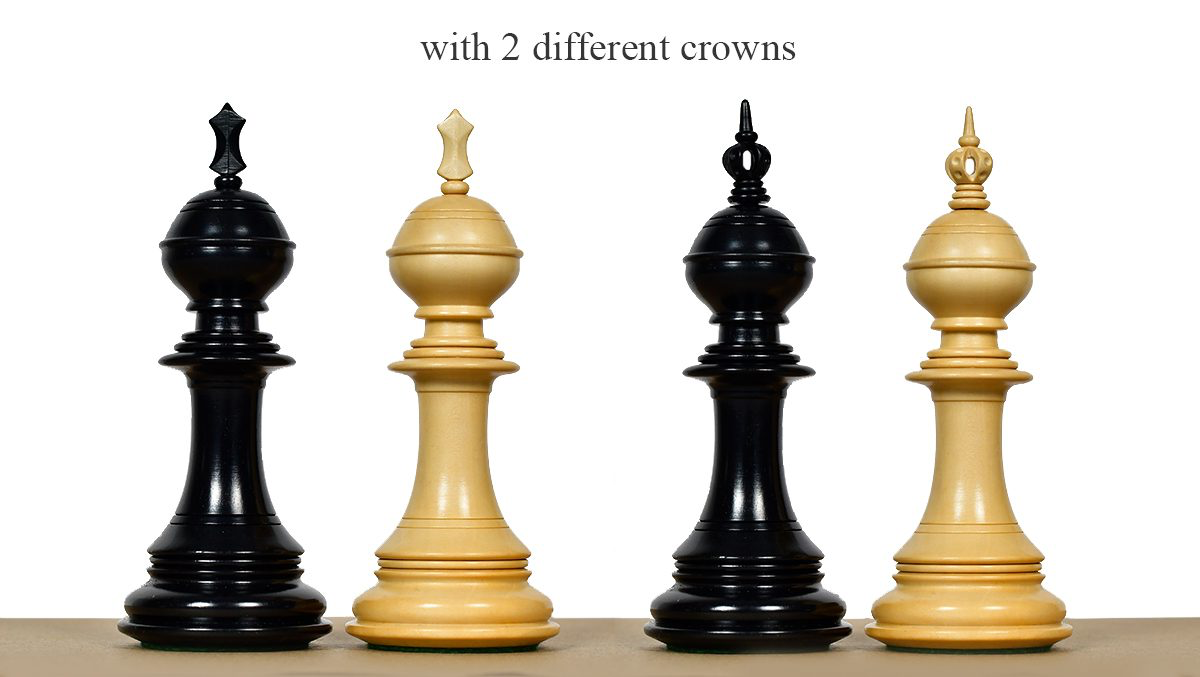
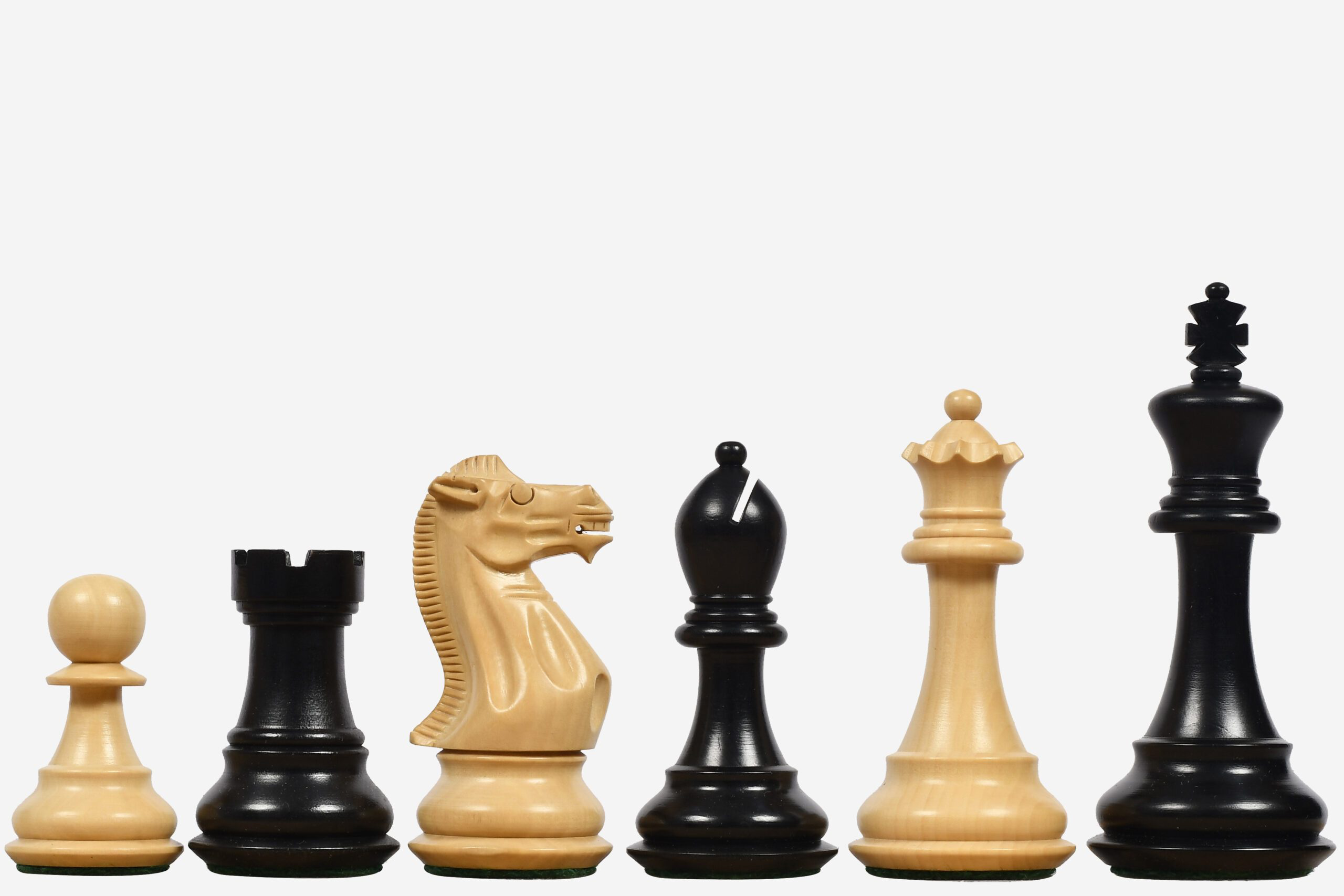
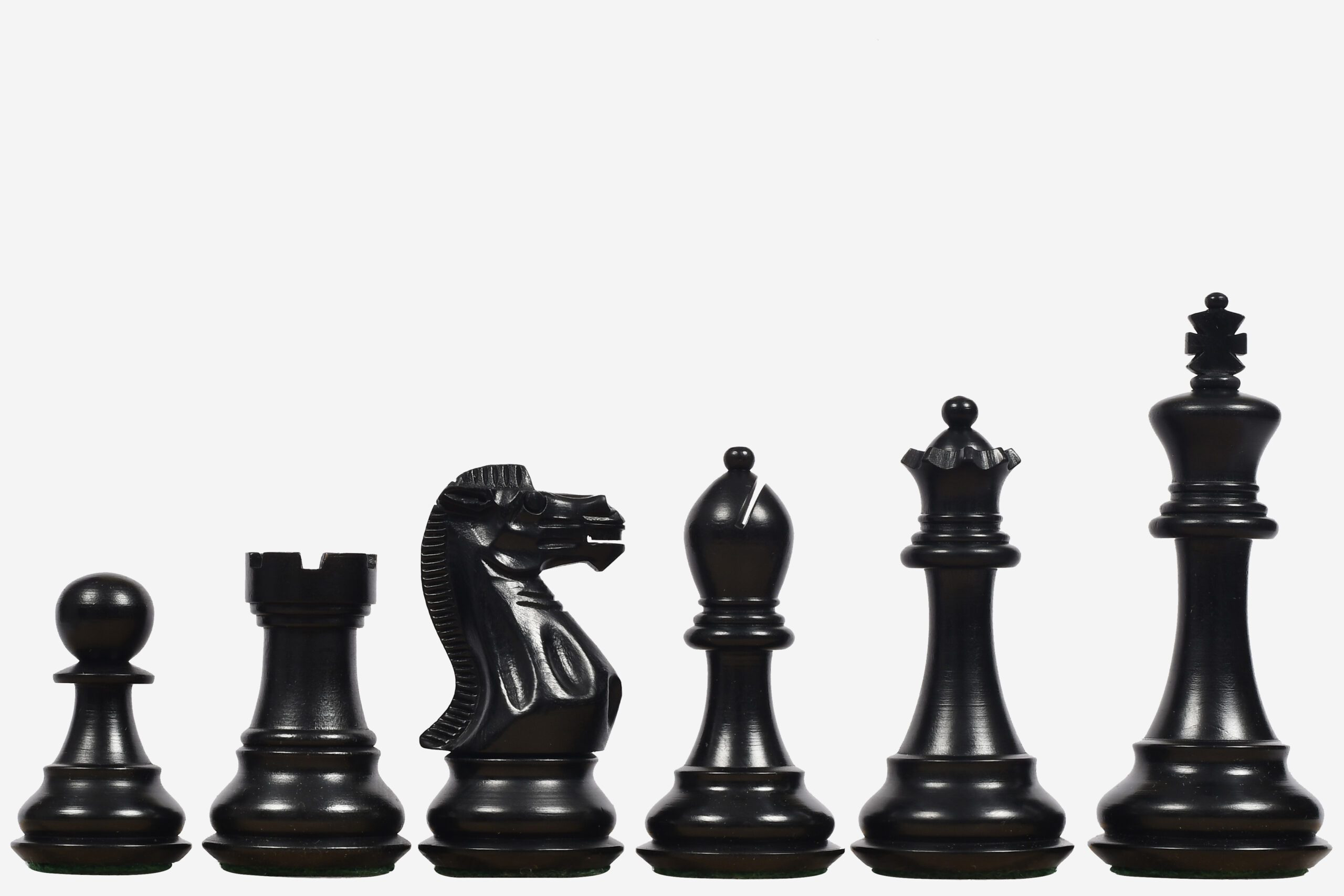
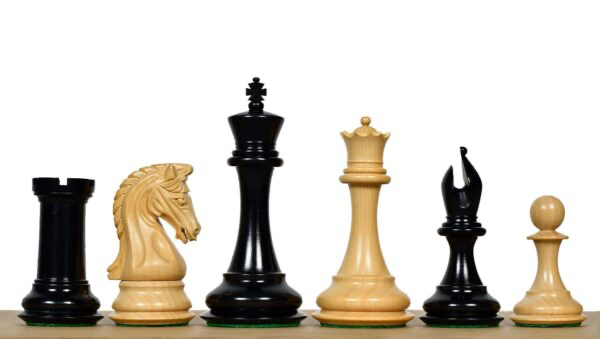
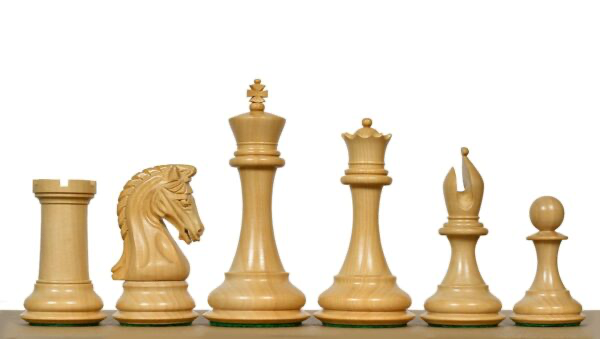
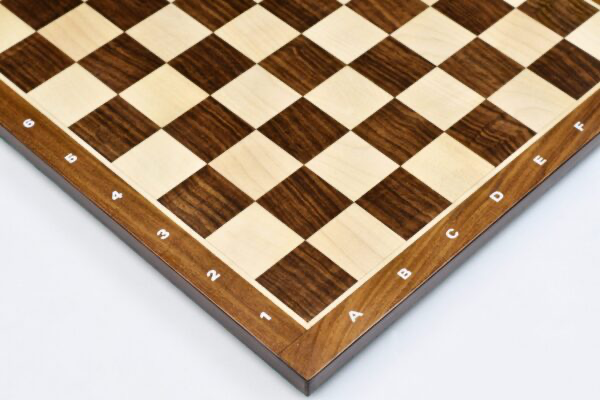
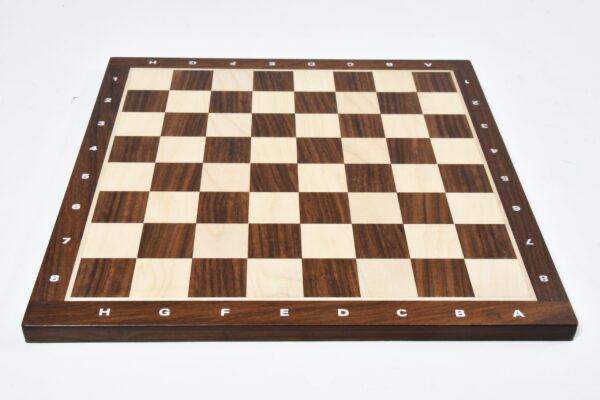
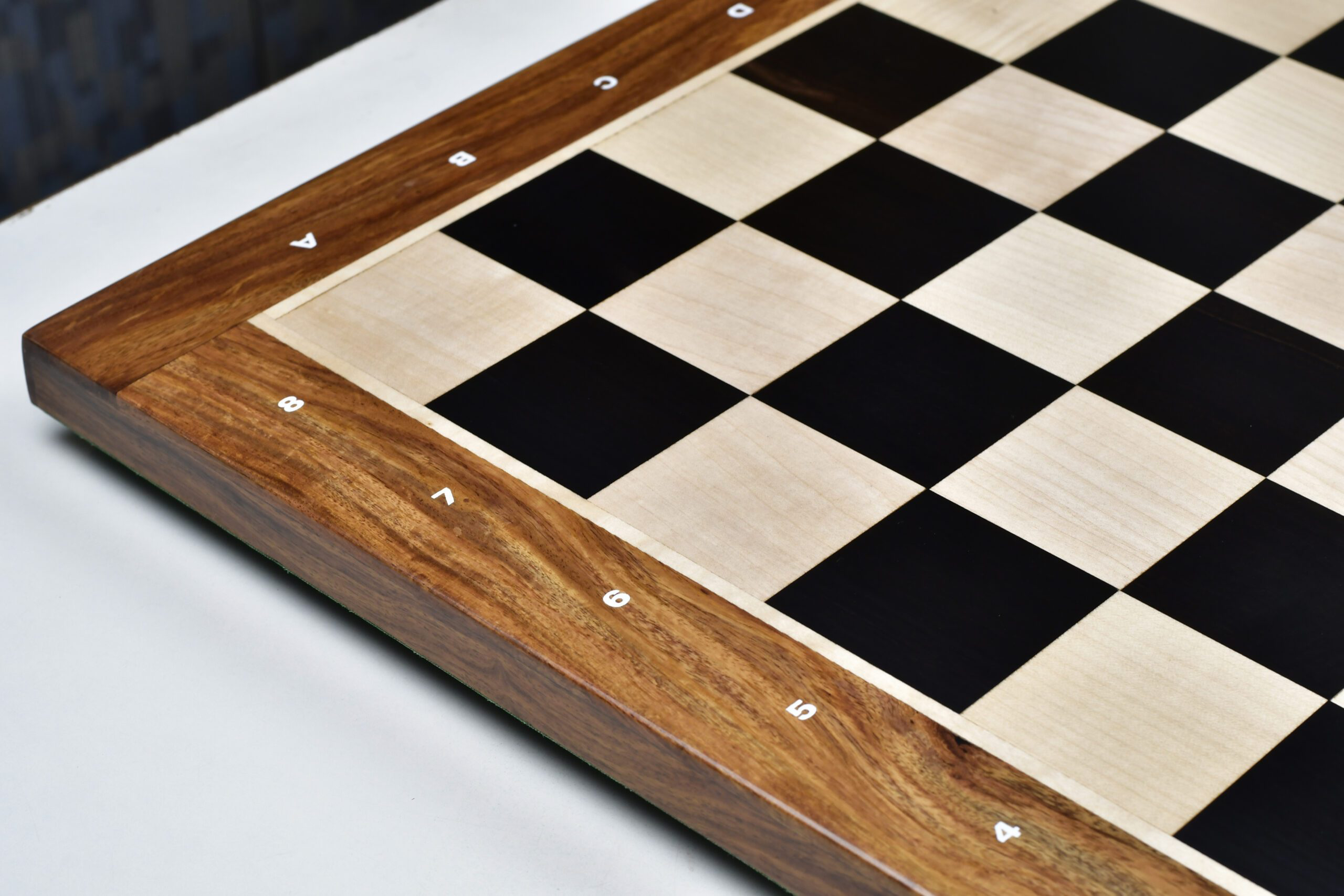
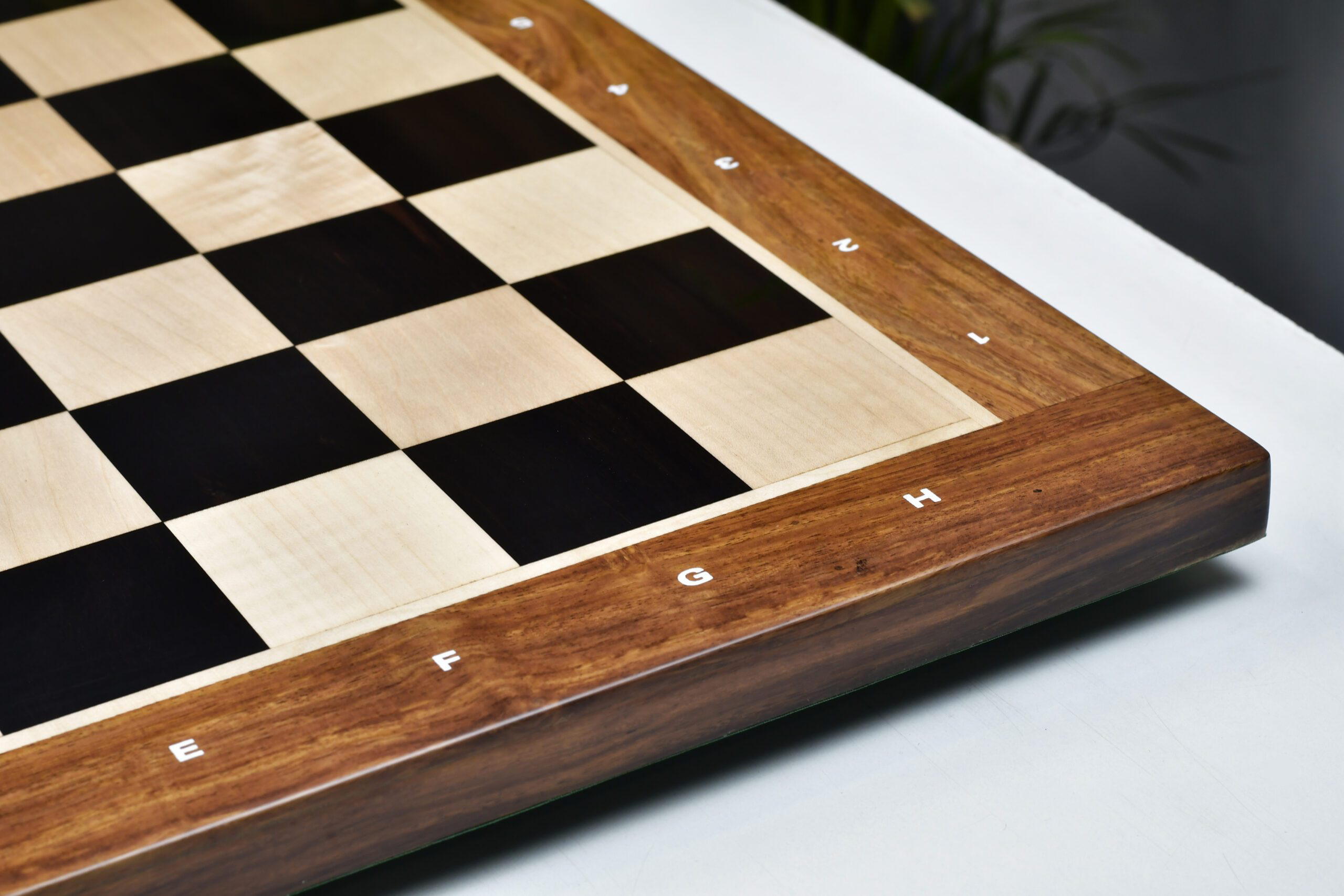


Leave a comment
All comments are moderated before being published.
This site is protected by hCaptcha and the hCaptcha Privacy Policy and Terms of Service apply.